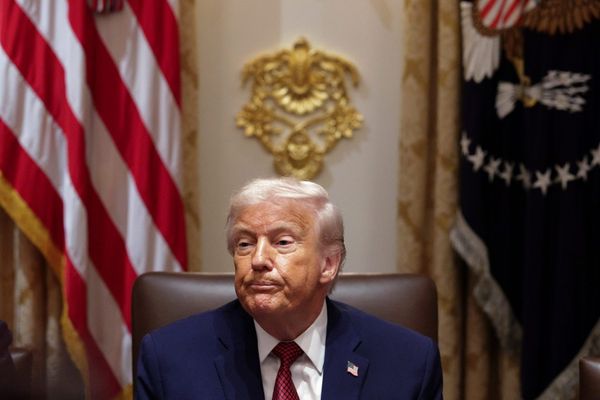
As Americans prepare to cast their votes in the upcoming election, it's important to understand the role of the Electoral College in determining the next president and vice president of the United States. When voters head to the polls, they are actually voting for a slate of electors who will ultimately cast the official votes for president and vice president on December 17.
The Electoral College is made up of 538 electors representing all 50 states and the District of Columbia. Each state is allocated a certain number of electoral votes based on its total number of US senators and representatives. To win the presidency, a candidate must secure a majority of at least 270 electoral votes.
While most states operate under a winner-take-all system, where all electoral votes are awarded to the candidate who wins the popular vote in that state, Maine and Nebraska have a different approach. These states use a district system, where electoral votes are distributed based on both the statewide vote and the vote in each congressional district.



Following the election, electors convene in their respective states on the first Tuesday after the second Wednesday in December to cast their ballots. The Electoral College results are then officially counted and certified by a joint session of Congress on January 6, presided over by the vice president.
It's worth noting that the candidate who wins the popular vote may not necessarily win the presidency, as the Electoral College ultimately determines the outcome. Understanding the Electoral College process is crucial for grasping how the next president and vice president will be chosen in the upcoming election.







